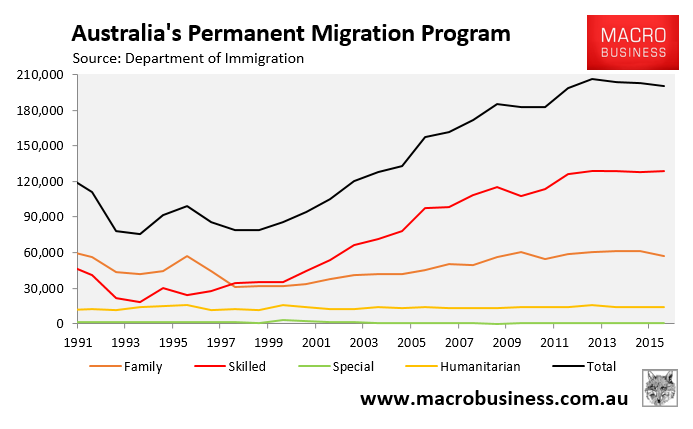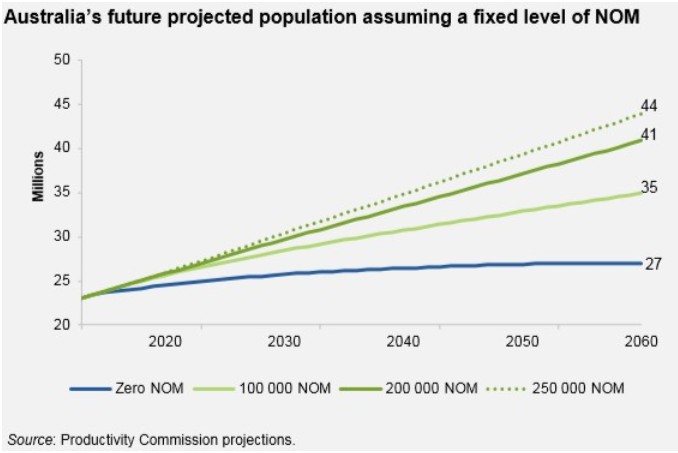Earlier this week, The Grattan Institute released a new report, entitled Stuck in Traffic, which urges congestion charges in Sydney and Melbourne to alleviate traffic congestion:
Road congestion charges should be introduced in Sydney and Melbourne. An examination of 3.5 million Google Maps trip-time estimates across more than 350 routes over six months of this year suggests both cities could face traffic gridlock in future unless decisive action is taken to manage congestion…
Congestion charges should apply in the most congested central areas of each city. Key bottlenecks in Sydney include The Spit Bridge and the commute to the CBD from Drummoyne via Balmain.
Melbourne should introduce a “CBD cordon” congestion charge, similar to London’s. The cordon could cover Hoddle Street to the east, Royal Parade to the west, City Road and Olympic Boulevard to the south, and Alexandra Parade to the north, with motorists charged when they drive across the cordon into the city during peak periods.
People who pay the charge would get a quicker and more reliable trip, because there would be fewer cars on the road at peak times. People who can travel outside of the peaks would not have to pay, because there would be no congestion charge when the roads are not congested.
To make clear that the new charges are to help manage traffic flows rather than boost revenue, the money raised should be used to fund a discount on vehicle registration fees and improvements to the train, tram, ferry and bus networks.
Melbourne’s CBD parking levy should be doubled, to match Sydney’s and to further discourage city commuters from driving to work.
Public transport fares in both cities should be cut during off-peak periods, to encourage people to shift their travel to times when the trains, trams and buses are not overcrowded.
New city freeways are not the answer to road congestion.
New roads are important for areas of new growth or substantial redevelopment, but close to the city centres it is often more effective and always cheaper to invest in smaller-scale engineering and technology improvements such as traffic-light coordination, smarter intersection design, variable speed limits and better road surfaces and gradients.
Some of the great cities of the world have successful congestion pricing schemes, including London, Stockholm and Singapore.
For Sydney and Melbourne, congestion pricing would deliver city-wide benefits: not only reducing the amount of time we spend stuck in traffic, but also funding better public transport and a cut to car registration fees.
This site acknowledges the merits of a well-formulated revenue-neutral congestion charging system.
That said, we do find it infuriating that the Grattan Institute never addresses the key cause of Sydney’s and Melbourne’s housing and infrastructure problems: the federal government’s mass immigration ‘Big Australia’ program, which is primarily responsible for pushing an extra 80,000 to 100,000+ people into Sydney and Melbourne every year.

Back in July, Grattan lamented the sharp decline in Australia’s home ownership rate among younger cohorts, pinning much of the blame on a chronic housing supply shortage in the major cities. And now Grattan is concerned about rising traffic congestion.
But in each case, it has failed to even acknowledge the key demand-driver causing the problems in the first place and whether maintaining a mass immigration ‘Big Australia’ agenda is sensible or desirable.
As shown in the next chart, which comes from the Productivity Commission, Australia’s population will reach more than 40 million mid-century under current mass immigration settings, at least 13 million more than would occur under zero net overseas migration (NOM):

That’s a heck of a lot of extra people clogging-up our roads and competing for housing versus a lower or zero NOM policy.
The fact remains that it is a direct policy choice how ‘big’ Australia becomes, not a fait accompli. So why isn’t the Grattan Institute examining whether Australia should lower immigration, thereby relieving the intense population pressures afflicting Sydney and Melbourne?
It’s almost as if Grattan is allowed to discuss ways to cope with mass immigration but not whether such high levels of immigration are appropriate, nor the prospect of lowering immigration.

